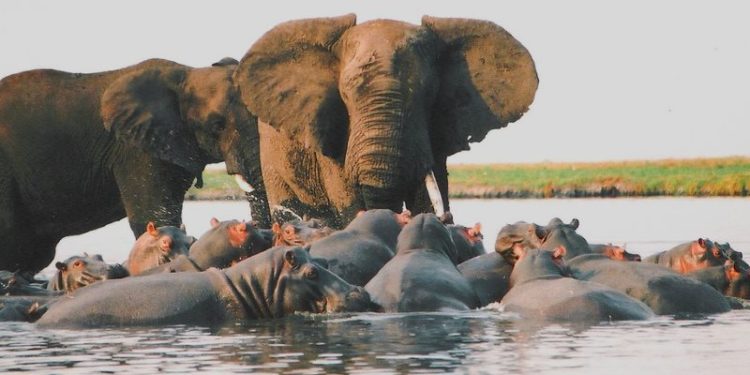Namibia has unveiled a controversial plan to kill 723 wild animals, including elephants, buffaloes, and hippos, in an effort to provide food for citizens affected by the country’s worst drought in a century. The announcement, made by the Ministry of Environment, Forestry, and Tourism on August 26, underscores the severe impact of the ongoing drought on both human and wildlife populations.
According to the ministry’s statement, the targeted animals include 30 hippos, 60 buffaloes, 50 impalas, 100 blue wildebeests, 300 zebras, 83 elephants, and 100 elands. These animals will be sourced from national parks and communal areas with stable and sustainable wildlife populations.
The ministry emphasized that reducing wildlife numbers is a necessary measure to mitigate the drought’s adverse effects on Namibia’s conservation efforts. By culling these animals, the government aims to alleviate grazing pressure and improve water availability for the remaining wildlife.
“This exercise is necessary and aligns with our constitutional mandate to utilize natural resources for the benefit of Namibian citizens,” the ministry stated. “It also demonstrates that conservation efforts can directly benefit the nation during critical times.”
Namibia has a history of supplying meat from wildlife for national, regional, and traditional events, in accordance with its policies and laws. The ministry highlighted that this practice has become especially vital during the current drought, which has led to a state of emergency being declared in May.
The situation in Namibia is dire, with the United Nations reporting that between April and June 2024, approximately 1.2 million people in the country faced acute food insecurity. The drought, part of a larger crisis affecting Southern Africa, has depleted 84 percent of Namibia’s food reserves as of last month, leaving the nation struggling to meet the basic needs of its population.

















